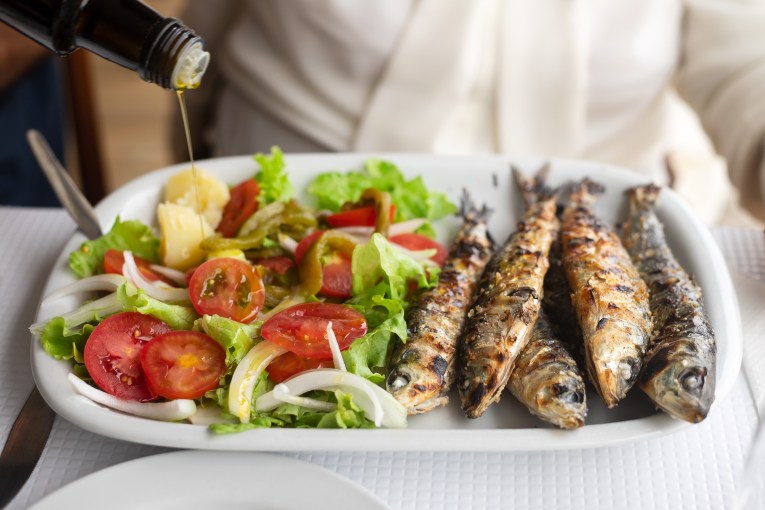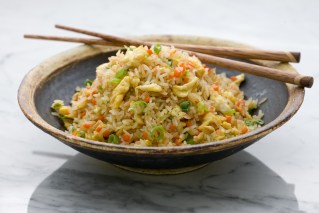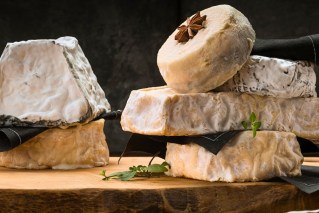‘Risky’ salt levels lurking in Australian diets


It's not the salt you're sprinkling onto your meals that's a problem – it's the salt you might not know is there. Photo: Getty
Australians are eating nearly twice the daily recommended amount of salt, and it’s contributing to rising blood pressure – the ‘silent killer’ behind many cardiovascular diseases.
The link between over-consumption of salt, high blood pressure and deadly strokes and heart disease is clear – but many people don’t know what a safe daily level of salt looks like.
The recommended daily amount is 5 grams – about one teaspoon – but the Australian daily average is 9 grams. These 9 grams don’t just come from the salt we add to our food from the table shaker.
A lot of it is inside our daily diet staples, the George Institute’s senior public health nutritionist Clare Farrand said.
“The majority of the salt we eat is hidden in processed and packaged foods and most people aren’t aware that the amount they are consuming is raising their blood pressure and shortening their lives,” Ms Farrand said.
“We’re looking to more packaged and processed foods in our daily diets, and there’s more and more of these coming into the market.”
The biggest offenders
There are two easy ways to reduce salt in our diets, Ms Farrand said.
The first is to choose fresh food over packaged and processed.
“Choose fresh fruits, vegetables and wholegrains instead,” she told The New Daily.
“They contain all the naturally occurring sodium that we need.”

Source: Unpack the Salt
Secondly – if you must go for a packaged food, be sure to read the label to make sure you’re choosing one with low sodium levels.
The figure you want to look for is less than 400 mg of salt (or sodium on the nutrition panel) to every 100 mg of product.
Sometimes, Ms Farrand said, it was too hard or too time consuming to check every label in the supermarket aisle. She recommended the institute’s FoodSwitch app, which shows a product’s health rating and then healthier alternative in the same range, if applicable.
For example – the app shows if you’re in the mood for chips, and are usually a fan of Smith’s original salted (at 0.3g of salt per 27 gram serve), the lower-salt alternative is Freedom Foods slow cooked no added salt variety, with zero grams of salt.
Of the top 10 saltiest foods in our diets – which is calculated from a combination of high salt levels, and the amount in which we consume the foods daily – three of them make up the humble sandwich.
Bread might be the number one salt offender, but it doesn’t mean it’s a black-listed food, Ms Farrand said.
One of the biggest problems that health educators (and health-conscious consumers) face is the wide range of salt levels from brand to brand, for the same product.

Source: Unpack the Salt
She used bread as a prime example.
“Some may contain 600mg of salt to 100 grams, others have 300mg,” Ms Farrand explained.
“So we know manufacturers can make read with as low as 300mg of sodium, we know it can be done.
“What we want to see is all food manufacturers making products to the lowest levels of sodium possible.”
She said this would create a level playing field – no one would have a saltier (therefore sometimes tastier) product than another, and consumers would be less confused about which brand was the healthiest option.








